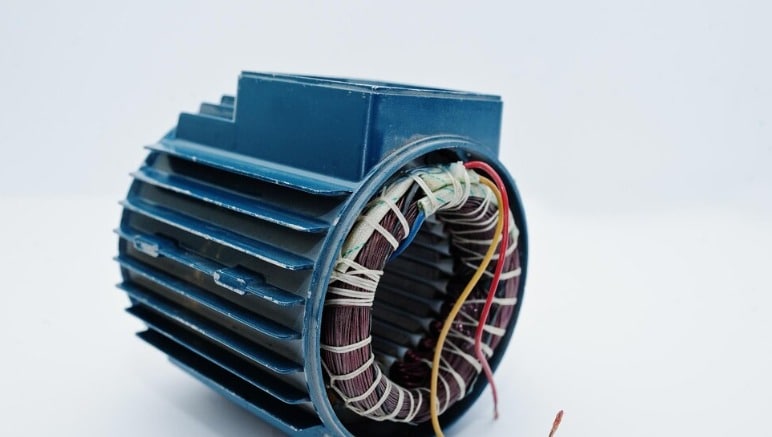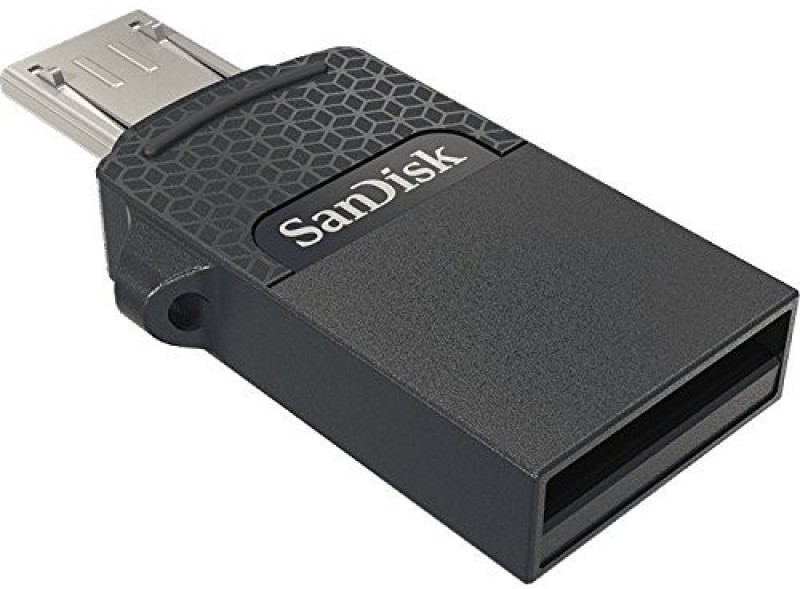Top Tips to Make Your Inverter Battery Last Longer And, From Livguard, Genus To OKAYA, Check These 8 On Flipkart

There's something uniquely frustrating about a blackout at the worst possible time, midway through a Sunday movie marathon, during that all-important Zoom meeting, or right when you're halfway through cooking dinner. That's when the humble inverter battery quietly steps in to save the day. It's the unsung hero of modern homes, especially in areas where power cuts can strike without warning. But here's the catch: if not cared for properly, that trusty battery can let you down, sometimes just when you need it most. Many homeowners end up spending unnecessary amounts on frequent replacements or calling in electricians for issues that could've been avoided with a bit of know-how.
This blog isn't just about saving money, though that's a lovely perk. It's about empowering you to take control of one of your home's quietest, hardest-working devices. No jargon, no technical manuals, just real, practical tips to help you stretch the life of your inverter battery, while keeping unnecessary electrician visits to a minimum. And, to make things even easier, we have listed the top 8 inverters on Flipkart from Livguard, LUMINOUS, Genus to OKAYA, that you can check out.
Also Read: Picking the Right Inverter Battery Can Save You More Than Just Power: Here Is What You Need To Know
1. Charge It Right, Not Just Often
Think of your inverter battery like a loyal but fussy pet, it needs regular attention, but not overindulgence. Overcharging is a silent killer for batteries. Many think plugging it in and letting it be is the best course. In reality, overcharging builds up heat, damages internal plates, and reduces lifespan.
Modern inverters come with intelligent charging systems. If yours doesn't, consider getting a good quality automatic voltage regulator or a charging controller. They aren't just fancy add-ons, they're lifesavers for your battery. Also, make sure your inverter and battery are compatible. A mismatch here can slowly chip away at your battery's health without you realising it.
One easy tip? After a long power cut, allow the battery to fully charge before draining it again. This helps maintain its capacity and reduces internal stress. Small habits, big impact.
2. Keep It Cool, Literally
Heat is to batteries what monsoon is to laundry day, utterly unhelpful. Batteries generate heat when charging and discharging, and if placed in a poorly ventilated spot, they'll start to cook themselves from the inside. Over time, that leads to drying of electrolytes, bloated cases, and a much shorter lifespan.
Choose a location with plenty of airflow. Avoid tucking the battery in tight corners, under stairs, or near other heat-producing appliances. A simple pedestal fan or exhaust fan nearby can work wonders in hotter months.
Even better? If you're getting a new inverter installed, consider placing it in a shaded area that's away from direct sunlight and moisture. Just like you'd pick the comfiest, breeziest seat at a family function, give your battery the same courtesy.
3. Top It Up, But Only When Needed
Inverter batteries, especially the tubular kind, require regular distilled water top-ups. But this isn't a "fill it and forget it" kind of situation. Overfilling can cause leakage, corrosion, and a very messy corner in your home.
Set a monthly reminder to check the water levels. Most batteries have a minimum and maximum mark; stick to those, like your life (or at least your wallet) depends on it. Use only distilled water, never tap or RO water, which may contain minerals that shorten the battery's life.
Here's a trick passed down in many households: use a syringe or a narrow-spout bottle for more controlled refilling. It avoids spillage and keeps things neat. Keep a pair of gloves and an old rag handy; it's not glamorous work, but it's definitely worth it.
4. Use Only What You Need During Power Cuts
It's tempting to go all-in when the power goes out, TV, fans, lights, and maybe even the mixer for your evening chutney prep. But your battery isn't a genie with infinite wishes. Drawing too much power during outages puts an unnecessary load on the battery, draining it faster and causing deeper discharge cycles that shorten its life.
Instead, make a habit of using only essential appliances. Stick to a few lights and fans, maybe charge your phone, and let the rest wait. This not only ensures longer backup during cuts but also keeps your battery healthier in the long run.
One smart trick? Get energy-efficient appliances, especially LED bulbs and BLDC fans. They sip power instead of gulping it, and your battery will thank you for the lighter load.
5. Give It a Regular Cleaning
A dusty inverter corner is more than just an eyesore. Dirt and grime, especially on battery terminals, can lead to corrosion and poor conductivity. That means slower charging, weaker performance, and in worst cases, total shutdowns.
Every couple of months, set aside ten minutes to give your inverter and battery a gentle clean. Use a dry cloth for the surfaces and a toothbrush dipped in baking soda paste for the terminals. Just make sure the inverter is turned off and disconnected before you start scrubbing away.
Keep an eye out for white or greenish deposits on the terminals, that's corrosion in progress. Cleaning it early saves you from headaches later. Think of it like brushing your teeth, neglect it, and sooner or later, it gets painful.
6. Don't Let It Sit Idle for Too Long
Power cuts may be infrequent these days, but that doesn't mean your battery should sit gathering dust. Batteries, like old friendships, need occasional engagement to stay strong. If left unused for too long, they lose charge, capacity, and the will to perform.
If your inverter hasn't kicked in for over a month, switch it off briefly and run it on backup for about 10–15 minutes. This helps refresh the battery and keeps the chemical reactions balanced.
Some inverters have a self-discharge prevention mechanism, but even then, a bit of manual upkeep goes a long way. A little attention now and then ensures it's ready when the lights go out.
7. Check For Wiring Gremlins
Loose connections, frayed wires, or poor-quality installation can slowly ruin your battery's health. It's like trying to fill a bucket with a hole in it, inefficient and frustrating.
Once every few months, inspect the wiring around the inverter setup. Look for signs of wear and tear, and tighten any loose screws or clamps. If you're not confident doing this, it's worth calling in a technician, just once, for a preventive check rather than waiting for a full-blown issue.
Also, ensure your inverter is connected to a proper earthing system. Faulty grounding can lead to voltage spikes, damaging not just the inverter but everything connected to it.
8. Buy Smart, Not Cheap
All batteries aren't created equal, and the cheapest option isn't always the wisest. A high-quality inverter battery may seem like a bigger upfront cost, somewhere between ₹10,000 to ₹15,000, but the longevity and performance make up for it over time.
Look for brands that offer warranties of at least 36 months. Opt for tubular batteries over flat plate ones, they're sturdier, hold charge longer, and tolerate deep discharges better. If you're unsure, read user reviews online or ask neighbours who've had good experiences.
Spending a little more today could mean avoiding calls to the electrician and late-night candle hunts for years to come. Sometimes, peace of mind is worth that extra couple of thousand rupees.
Livguard, LUMINOUS, Genus To OKAYA, Check Out Top 8 Products Related To This Article On Flipkart
1. Livguard IT 1636STJ Tubular Inverter Battery
2. LUMINOUS UCTT 18066 Tubular Inverter Battery
3. Genus GTT- 200 Tubular Inverter Battery
4. Genus GTT-250 Tubular Inverter Battery
5. OKAYA OPSJT17048 With QSW 850 Tubular Inverter Battery
6. EXIDE Invagold IGST 1500 Tubular Inverter Battery
7. LUMINOUS PowerCharge PC18042 150Ah Tall Tubular Battery Tubular Inverter Battery
8. Genus Carbon GCT265 Tall Tubular Inverter Battery
Inverter batteries might not be the most glamorous part of home life, but they quietly make everything else work smoothly when the power disappears. Treat them right, and they'll reward you with years of dependable service. Ignore them, and well, it's back to sweating it out in the dark.
These simple tips, charging smartly, keeping things clean, monitoring usage, and picking quality equipment, are small efforts that pay big dividends. No more surprise breakdowns, no more emergency electrician calls, and no more wondering why the battery just gave up on you. So next time the lights flicker and the inverter hums to life, you'll know you've done your bit. And with a little care, your battery will keep the lights and the fans on for years to come.
Disclaimer: The images used in this article are for illustration purpose only. They may not be an exact representation of the products, categories and brands listed in this article.






























